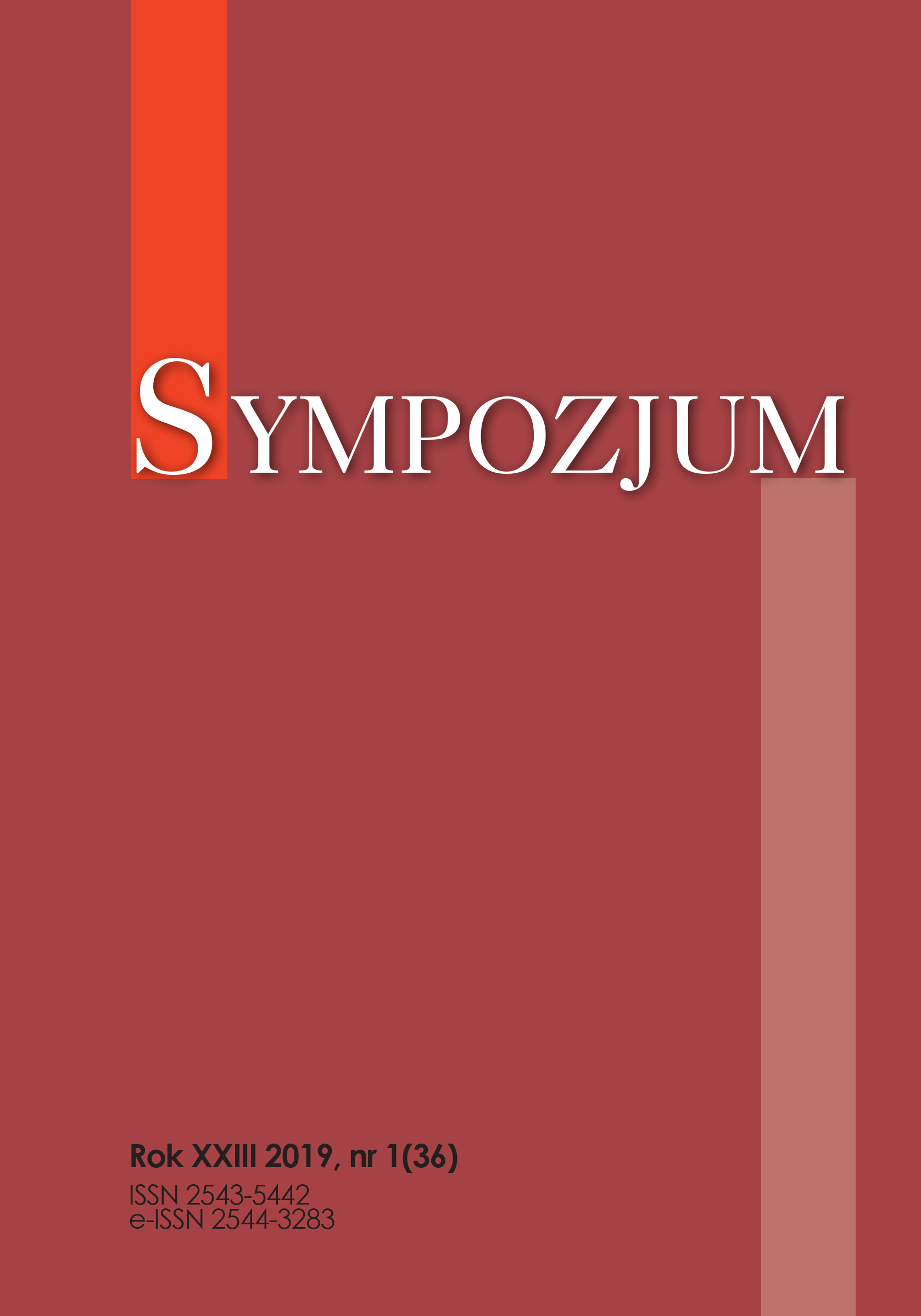Sposoby walki z Kościołem w PRL w latach czterdziestych i pięćdziesiątych XX wieku
The ways of fighting against the Church in Polish People’s Republic (PRL) in the 40s and 50s of the 20th century
Author(s): Piotr ChmieleckiSubject(s): Politics / Political Sciences, Christian Theology and Religion, History of Church(es), Theology and Religion, Government/Political systems
Published by: Wyższe Seminarium Misyjne Księży Sercanów
Keywords: Kościół;państwo;prześladowanie;porozumienie;prymas;Church;state;persecution;agreement;primate
Summary/Abstract: The new authority in post-war Poland was trying to remove or at least to minimise the presence of Church in the public life in every way. The politicians were treating the party and the country on the one hand and the Church on the other hand as two separate beings. The acknowledgment of Church and Christian rights had a licensing character, treated as a privilege provided by the sovereign, in other words by the country or the party. The superiority of the country was clearly marked, its ideological character and function of management. The Church limitation by the communist state can be divided into two periods: up to the year 1956 where repressions and persecutions were more open and ruthless and those after taking the governmental reigns by Władysław Gomułka. In the first period we find deprivation of Church property rights, nationalization of ‘Caritas’, the decree of taking the clerical positions in the Church, finally the arrest and the imprisonment of cardinal Wyszyński. While the reigns of Władysław Gomułka, among others, religious education was withdrawn from schools, permissions for new churches building were not given, public holidays based on Church holiday were reduced.
Journal: Sympozjum
- Issue Year: 36/2019
- Issue No: 1
- Page Range: 285-306
- Page Count: 22
- Language: Polish

